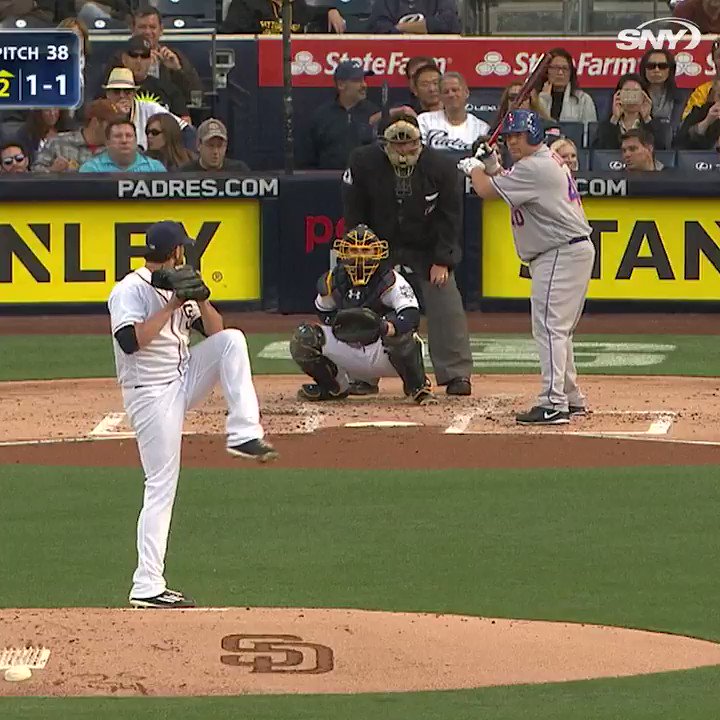The Latest Mike Trout Bummer Could Produce His Longest Absence
The injury bug is biting all too often these days, and this week, it has taken a chunk out of Mike Trout’s season. Off to one of the best starts of his career, the 29-year-old center fielder strained his right calf in Monday night’s game, an injury that will sideline him for six to eight weeks — potentially the longest outage of his career — greatly reducing both the chances that the Angels will make the playoffs and that Trout will claim his fourth MVP award.
As if we needed more proof that the universe is a random and uncaring place, Trout suffered the injury doing something that turned out to be entirely routine and inconsequential: running the bases on a two-out popup by Jared Walsh. The play took place at the end of the first inning of the Angels’ game against Cleveland, after Trout had walked and taken second base on a wild pitch. You can see from the overhead video that by the time he reached third base, he was visibly limping:
Trout left the game, underwent an MRI on Tuesday, and was diagnosed with a Grade 2 calf strain. “I thought I got hit by a line drive,” he told reporters in describing his injury. “And then I got to the bag and then I said, ‘Man, something’s not right.’ And then I felt a pop and then I went down to the tunnel, made sure it wasn’t my Achilles, so I mean, I guess if there’s any positive coming out of it, it’s that it wasn’t my Achilles because that’s what scared me when it first happened. It was just a freak thing.” Read the rest of this entry »
 Jay Jaffe
Jay Jaffe
